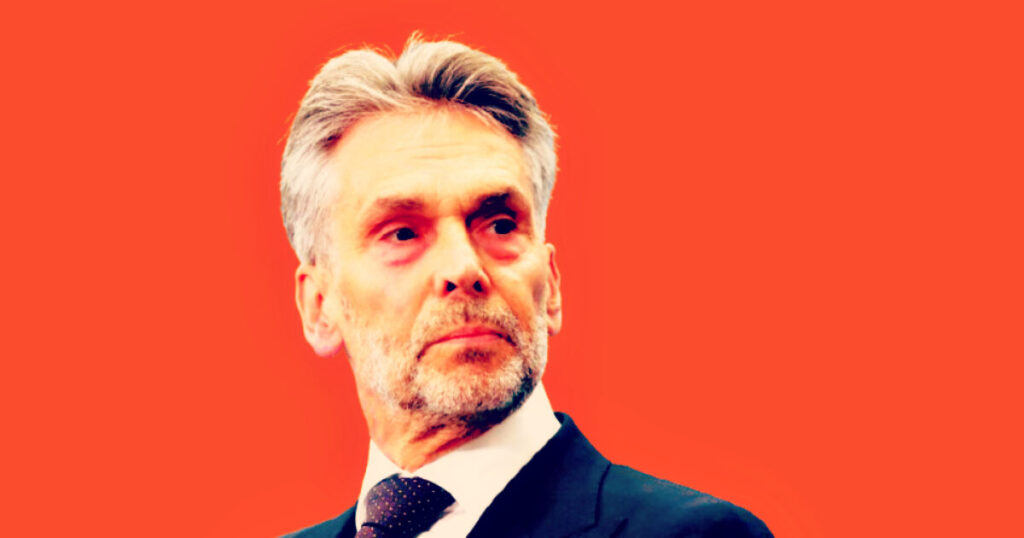In recent years, the Netherlands has been grappling with the repercussions of mass migration, echoing challenges faced across Europe. The Dutch government, led by Prime Minister Dick Schoof, is notably proactive in addressing these issues, emphasizing migration control as a primary goal of their coalition. As a result, the government has announced a strategy to cap the national population at 20 million by 2050, highlighting a significant policy shift in the country’s approach to immigration. The ambitious plan necessitates a reduction in immigration numbers, with a target of cutting annual immigration by 100,000 individuals. This has already garnered attention, with Immigration Minister Marjolein Faber articulating the cabinet’s commitment to “get a grip on migration.”
Despite the intention to limit immigration, there remains an acknowledgment within the government that a degree of immigration is essential for economic stability, given the Netherlands’ ageing population and declining birth rates. The ruling coalition incorporates elements from the right-wing, particularly those aligned with Geert Wilders, known for his anti-migrant stance. While Wilders’ Freedom Party is not directly part of the cabinet, its influence is apparent in shaping immigration policies. Recent reports underscore that to maintain a healthy economy, the population should not exceed 20 million over the next 25 years, suggesting a migration cap of roughly 68,000 individuals yearly—substantially lower than the current influx of approximately 170,000 migrants.
The call for stringent immigration policies arises from the belief that unchecked migration could strain public services and housing, leading to societal unrest. Government officials have communicated the importance of managing migrant numbers to ensure sustainability, signaling a shift in tone as even some opposition leaders, such as Frans Timmermans of the Groenlinks-PvdA alliance, expressed support for a more controlled approach to population growth. The consensus among some political factions appears to recognize that a strategic governmental perspective on the demographics is crucial to the country’s wellbeing.
Amidst these evolving policies, the Netherlands finds itself at the nexus of a broader discourse on migration across Europe, where nations are increasingly prioritizing national security and societal cohesion. Migration has been a hot-button issue, intensifying in light of recent events such as violent protests and rising antisemitism in urban centers like Amsterdam, which further complicate the political landscape. Dutch leaders not only face domestic challenges but also scrutiny from the international community concerning their migration strategies and the treatment of minorities.
The public reaction to the government’s stance on immigration has been mixed, with some citizens advocating for a more humane approach to asylum seekers while others support stringent limits due to concerns over socioeconomic stability and cultural integration. The political climate remains charged as parties navigate the delicate balance between humanitarian responsibility and the practical implications of mass migration, further deepening the debate within the country. As the government prepares to implement its plans, it remains to be seen how these policies will affect social dynamics and demographic trends in the Netherlands going forward.
With impending legislative changes, the future of Dutch migration policy will likely foster ongoing discussions about identity, integration, and the country’s role within the European Union. As the Dutch coalition seeks to establish a more regulated migration framework, the significance of demographic balance, national identity, and public service sustainability will dominate the dialogue among policymakers, opposition parties, and citizens alike. The outcome of this strategy may not only shape the nation’s future but also serve as a reference point for other European nations confronting similar issues arising from migration challenges.

